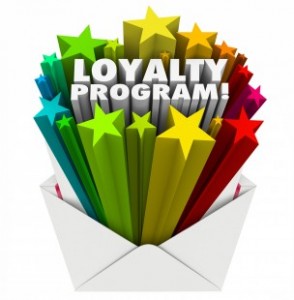
Creating a picture-perfect marketing strategy can be as challenging and time-consuming as assembling a 1,000-piece jigsaw puzzle: every piece needs to fit just right – if they don’t then the end result never looks like the picture on the box. The same can be true when it comes to integrating marketing technology at your organization.
From database management and big data analytics to marketing automation and customer relationship management (CRM), to predictive analytics and demand side platforms – there are many moving parts. The objective is to make your technologies work together in order to gather insights about buyer preferences and deliver real-time visibility into your campaign successes (or failures).
Extracting pertinent data from each technology in an efficient way is essential to a sound strategy, but still one of the hardest things to do. According to a recent survey conducted by Signal, even though 90% of marketers agreed that integrated marketing technology could boost their key capabilities, only 4% reported having a fully integrated marketing stack. As B2B businesses move more aggressively towards account-based marketing (ABM), it’s crucial to leverage as much data insight as possible to improve the focus on target accounts.
Key data points such as firmographics and demographics, gleaned from your marketing database, are an essential piece in framing an accurate picture of your target audience. This is why it is imperative that your database is cleansed, enriched, and segmented properly. Marketers must focus on eliminating “dirty data” from their databases so that they can target their campaigns towards buyers who are most likely to purchase.1 To use the puzzle analogy: think of this as getting all of the border pieces in place first, so that you can then focus on building out the complete picture of your target audience.
As marketers, we must draw conclusions based on the metrics provided by marketing automation and CRM, and use these conclusions to improve our campaigns; we need to track buyer engagement to understand what types of content are most impactful for certain groups of buyers. Predictive modeling and programmatic advertising can then be used to effectively target and reach larger pools of the right audience. Creating content based off of the data points produced by these different technologies engages current buyers more readily and attracts new ones more rapidly.
Today, a myriad of platforms are required to execute a marketing strategy that effectively understands, targets, engages, nurtures and retains great customers. There are critical pieces required to link these technologies together – all based on specific data. So, make sure that you understand the pieces most important to your overall strategy before you start trying to add in the coolest new technology.
Even if you have to rearrange some pieces of your puzzle (including your database) to make them fit, the end result will be picture-perfect.
1. Source: 5 Targeting Strategies for Technology Marketers
(183)
Report Post






